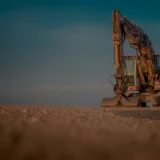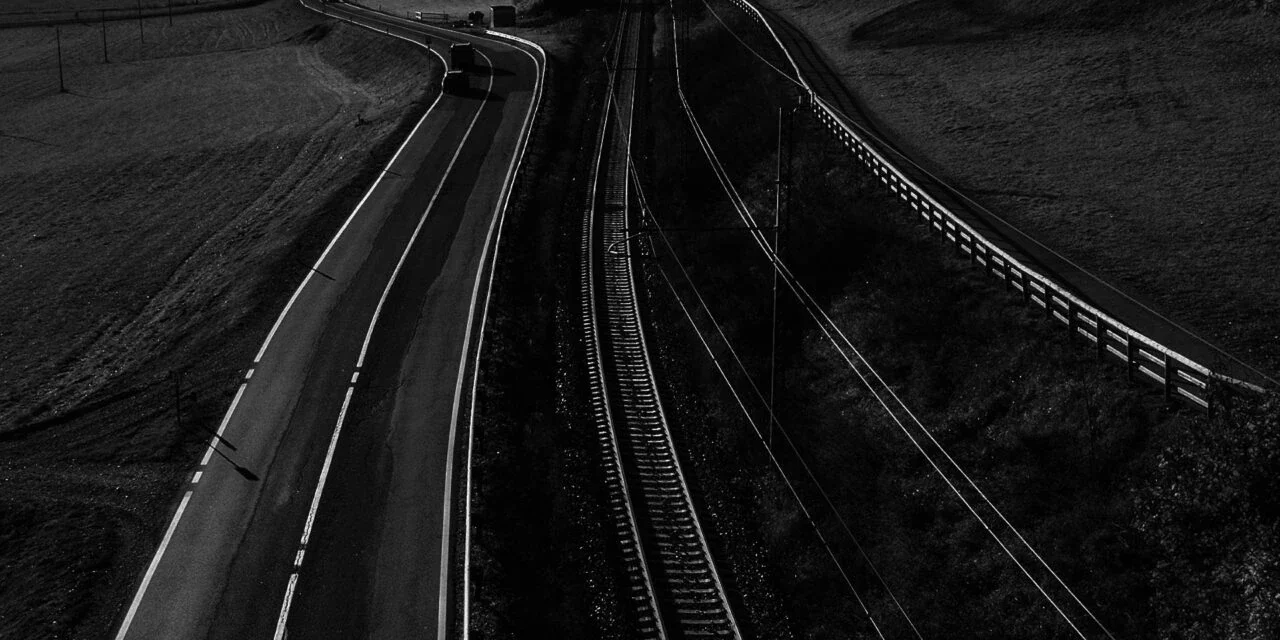Road Estimator Software in Railways
Road Estimator Software in railways helps in determining the exact material required for the quantitative analysis. When fed inside of software like Road Estimator with many datasets and data points, it helps deliver a correct judgement for laying a train track. Road Estimator software helps to find the usage of different materials during and after construction, supports various types of construction elements, and useful for new or doubling or adding more lanes alongside the current track.
Our Offerings
With an increased demand for the construction of new rail networks and upgrading the existing lines to handle larger traffic volumes, technical complexities have surged for the professionals engaged in design and construction roles. While reliable estimates are necessary for evaluating various design alternatives, it is equally or more important for contractors and other agencies involved to get the railway track cross-section drawings and actual materials used during construction. Road Estimator is proving to be a very effective tool for this purpose. Design changes or field-level data can easily be incorporated and processed for quick estimation and calculations.
Road Estimator for RailwaysReasons
Embankment Layers
In normal cases, the railway track cross-section is laid on ballast at formation level over a blanket layer which rests on the embankment. A strengthening layer of any cohesive material is provided on the side slopes of the embankment. Between the blanket and embankment, there can be an embankment subgrade that would be of a defined thickness and follows the required cross slope.
High Level Embankment
At places where the formation level is very high because of design requirements that result in a very high embankment. The high embankment is achieved at the site by providing side slope berms of specific widths at regular depth intervals, say around 3 to 6 m. When strengthening layer/layers are provided, those should follow the side slopes with berms.
Yard Area
Railroad yards are normally built where there is a need to store cars while they are not being loaded or unloaded or are waiting to be assembled into trains. Large yards may have a tower to control operations. At places like yard areas, sleepers are laid over layers of different materials like WBM, stone soling, and subgrade that can be over or below the existing ground.
Center Line of Proposed Track
In case of doubling, the centre line of the proposed track will be outside the construction area. Hence there can be challenges in relating the exact location of the cross-section with reference to the existing track’s centre line. Moreover, the offset distance between the centre line and the new line could change chainage to chainage.
What is a railway track cross-section?
Rail Track Cross Section Software
The software provided by Infycons is packaged with training on how to use it for various project requirements and management. It is an end-to-end software for railway track cross-sections and quantitatively calculating railroads materials.
Why Choose Infycons
What are our
clients sayingClients
"*" indicates required fields















